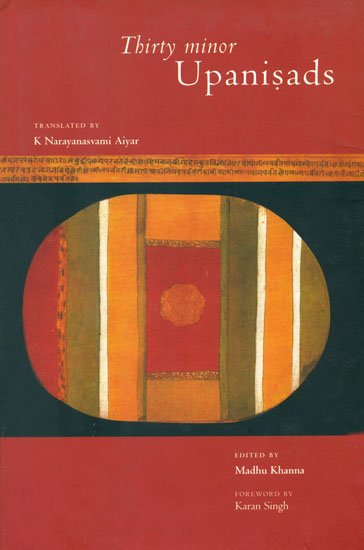Thirty minor Upanishads
by K. Narayanasvami Aiyar | 1914 | 95,228 words
This book contains the English translation of thirty minor Upanishads.—Fourteen belonging to Vedanta, two are categorised as Physiological, three are Mantra, two are Sannyasa and the remaining nine are categorised as Yoga-Upanishads. These Upanishads are properly defined as the Aranya-portion of the Vedas (most ancient Hindu scriptures) and are so-...
Subala Upanishad of Shukla-yajurveda, Chapter XI
Again Raikva asked Him: "O Lord! what is the seat of Ātmā which is replete with vijñāna? and how does it leave the body and pervade the universe?" To this He replied: "There is a mass of red flesh in the middle of the heart. In it, there is a lotus called dahara. It buds forth in many petals like a water-lily. In the middle of it is an ocean (samudra).[1] In its midst is a koka[2] (bird). In it there are four nādis. They are ramā, aramā, Icchā and punarbhava. Of these, ramā leads a man of virtue to a happy world. Aramā leads one of sins into the world of sins. (Passing) through Icchā (nādi), one gets whatever he remembers. Through punarbhava, he splits open the sheaths; after splitting open the sheaths, he splits open the skull of the head; then he splits open pṛthivī; then āpas; then tejas; then vāyu; then ākāś. Then he splits open manas; then bhūtādi; then mahat; then avyakta; then akṣara; then he splits open mṛtyu and mṛtyu becomes one with the supreme God. Beyond this, there is neither Sat nor asat, nor Sat-asat. Thus is the exposition of Nirvāṇa; and thus is the exposition of the Vedas; yea, thus is the exposition of the Vedas."
